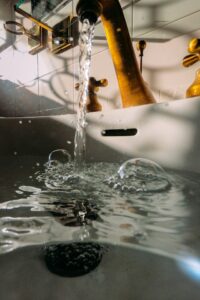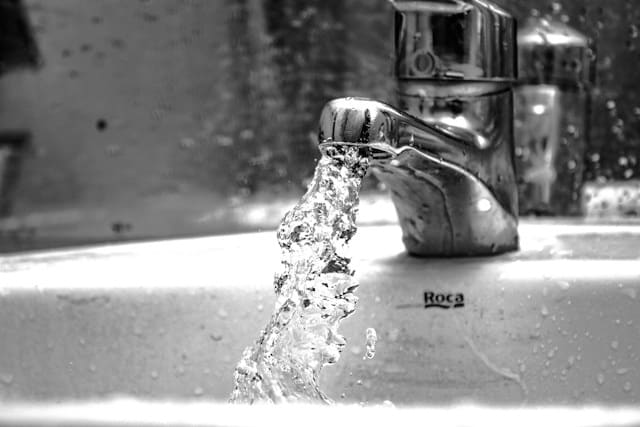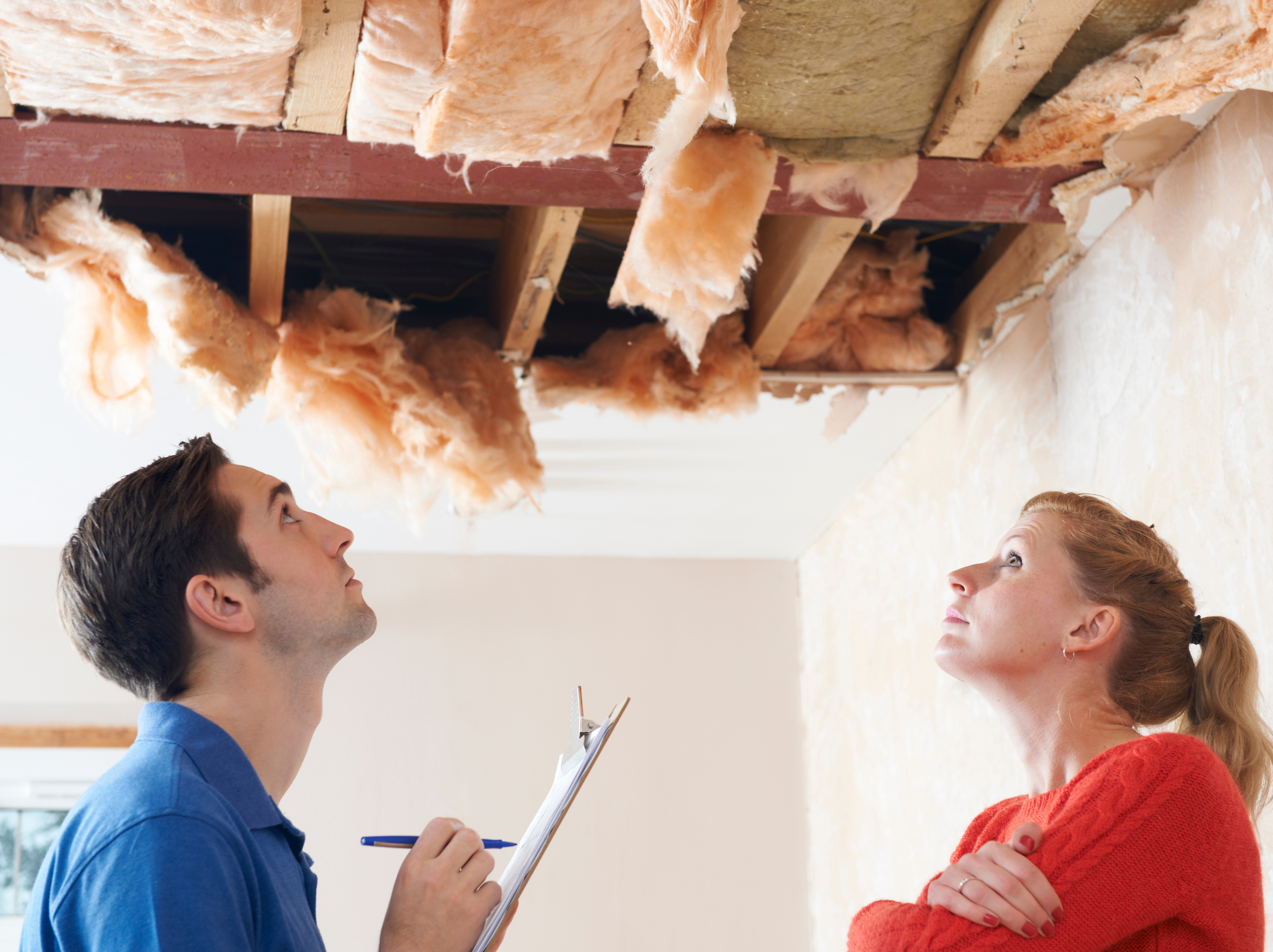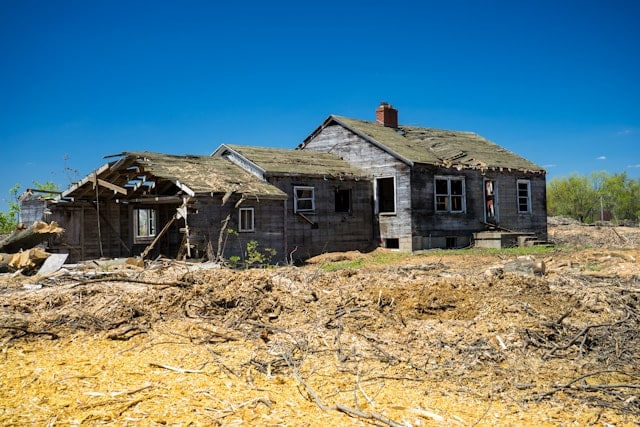Dealing with a clogged drain is a common household woe that many homeowners face. One effective solution to unclog drains is drain snaking — a process that involves using a tool to clear clogs and restore proper water flow.
In this article, we’ll explore the basics of drain snaking, including when to do it yourself, drain snaking tips, and when it’s time to call the professionals.
Can You Snake Your Own Drain?
Yes, you can snake your own drain with the right tools and a bit of know-how. Drain snakes, also known as augers, come in various types, including hand-cranked and motorized versions. For minor clogs, a hand-cranked snake is often sufficient. These tools feature a coiled wire that is manually fed into the drain to break up and remove the blockage.
How Do You Know When to Snake Your Drain?
There are several signs that it’s time to snake your drain:
- Slow Drainage
- Gurgling Sounds
- Unpleasant Odors (from your sink, shower, or bathtub)
These are indicators of a clog. Also, water backing up in the sink or tub is a clear indication of a blockage in the pipes.
Pro Tip: Regular maintenance can help prevent severe clogs, but when these symptoms occur, it’s time to consider drain snaking.
5 DIY Drain Snaking Tips

- Use the Right Tool: Choose the appropriate drain snake for the job. Hand-cranked snakes work well for small clogs, while motorized snakes are more suitable for larger and more stubborn blockages.
- Safety First: Wear protective gear, including gloves and safety glasses, to shield yourself from potential splashes or debris during the process.
- Insert the Snake Carefully: Gently insert the snake into the drain to avoid causing damage. Turn the handle or activate the motor slowly to navigate through the pipes.
- Rotate and Push: As you feed the snake, rotate and push it further into the drain to break up the clog. Be patient and avoid using excessive force to prevent damaging the pipes.
- Retract the Snake: Once you feel resistance or notice the water draining freely, retract the snake carefully. Clean off any debris clinging to the tool.
When to Call a Professional
While many homeowners can successfully snake their own drains, there are instances where professional intervention is necessary:
- Recurring Clogs: If you find yourself repeatedly dealing with clogs despite DIY efforts, it may indicate a more significant issue that requires professional assessment.
- Multiple Clogged Fixures: If multiple fixtures in your home are experiencing drainage issues simultaneously, it suggests a more extensive blockage in the main sewer line, requiring professional expertise.
- Foul Odors and Sewage Backups: Persistent foul odors or sewage backups are signs of a severe blockage or a potential sewer line problem, necessitating immediate professional attention.
Pro Tip: It’s important to act as soon as you become aware of an issue to avoid larger problems resulting from various types of water damage.
The Takeaway
Drain snaking is a valuable DIY skill for homeowners to possess, providing a cost-effective solution to minor clogs. However, recognizing the signs of when to snake your drain and understanding when it’s time to call 24 Hour Flood Pros is crucial for maintaining a smoothly functioning plumbing system. With the right tools and knowledge, you can keep your drains clear and prevent more significant plumbing issues down the line.




